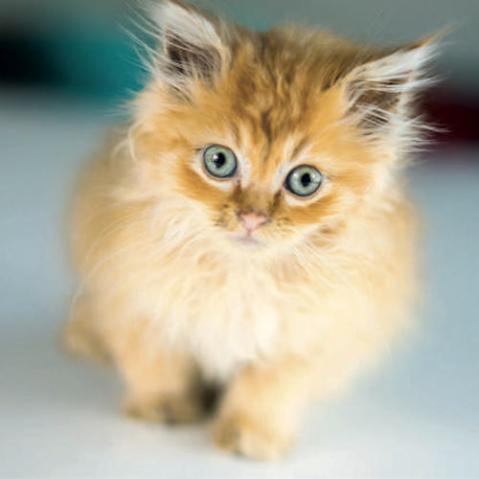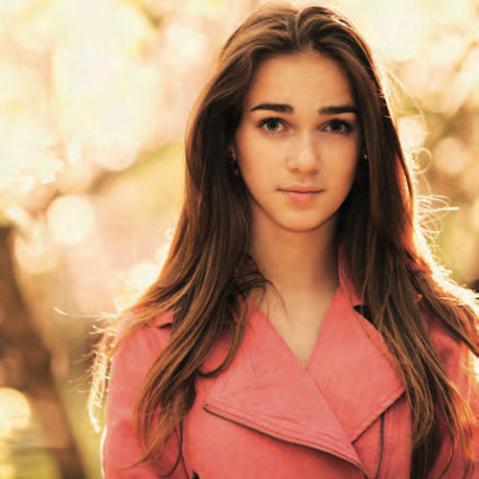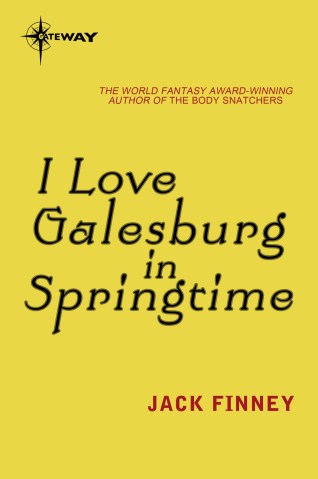Implied nudity: what it is, and why does it work?
Implied nudity is just what it sounds like: photos where nudity is suggested, but the viewer can’t be certain precisely how undressed the model is. There are no naughty bits on show, only a carefully constructed intimation toward their presence.
 Photo by Sanja Peric
Photo by Sanja Peric
The remarkable ability of the human brain to fill in blanks and to follow paths to their natural conclusion means that even if it can’t be sure that someone is naked, a suggestion of nudity will lead it to assume she or he is. Suggestion is a powerful thing that allows you to take a ‘nude’ self-portrait without having to go any further than you feel comfortable.
What’s more, less is so often more. The implication of bare skin allows the brain to drift off and to create its own imagined reality. That perfect picture in the mind’s eye can be far superior to the stretch-marked, razor-burned, slightly floppy reality!
There are two ways of achieving implied nudity in photos. The first is to make someone look as if she or he is naked when really, they’re not. The other is to hint at the fact that you, or anyone else, might, or might not be naked, but to leave the viewer guessing.
 Photo by Daniela Bowker
Photo by Daniela Bowker
So how do you go about this practically, then? It’s all about cropping, lighting, and camera angles.
To start simply, and without the threat of revealing too much, wrap yourself in a towel and then shoot a head-and-shoulders portrait if you’re a woman or a waist-upwards photo if you’re a man. There will be lots of skin on show, and by cropping carefully to take the frame as low as it can go without revealing the towel, the suggestion of nudity. We already know that the brain will think what it wants to think, which in this case will be that you’re not wearing anything at all!
Clever camera angles can also conceal as much as they reveal. If you take a shot down the length of your leg as it emerges from a steamy bath or bubbles, viewers will automatically assume that you’re naked—your leg is entirely bare and you’re in a bath, after all—but the bubbles won’t talk.
 Photo by Daniela Bowker
Photo by Daniela Bowker
Finally, you can use lighting to hint at what is happening in the shadows, but not divulge any secrets at all. Think of a taut tummy writhing across a bed, illuminated by a shaft of light traveling diagonally from left hip to right ribcage. What lies above and below is shrouded in darkness, but the brain loves to imagine.
It’s no exaggeration to say that learning photography helps you to see the world differently, and if photography is the art of seeing, then self-portrait photography is the art of seeing yourself. Full of inspiring examples and fun techniques to try, you’ll soon discover that you’re the best model you have. Whether you photograph yourself out of convenience, to practise your skills and expand your artistic repertoire, or for a more personal or therapeutic exploration, Haje Jan Kamps’ Shooting Yourself will push you creatively and help you gain confidence to be yourself – both as photographer and model.
 Shooting Yourself – Self portraits with attitude
Shooting Yourself – Self portraits with attitude
Haje Jan Kamps
Buy it now!
RRP for print edition: £9.99





